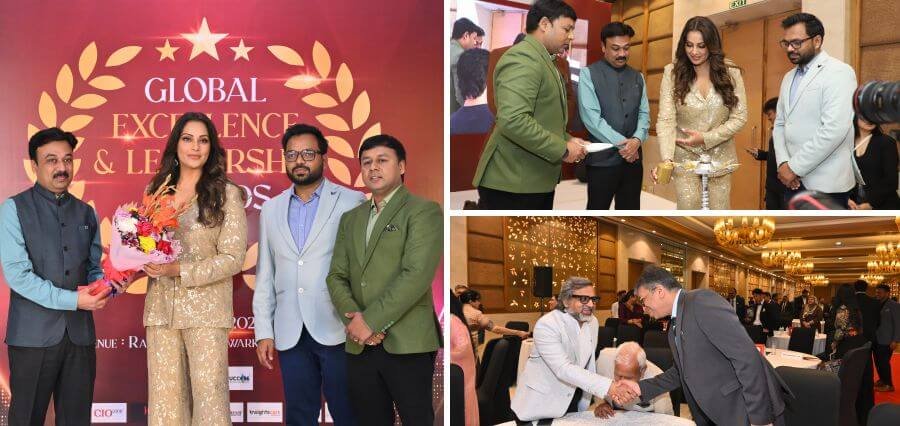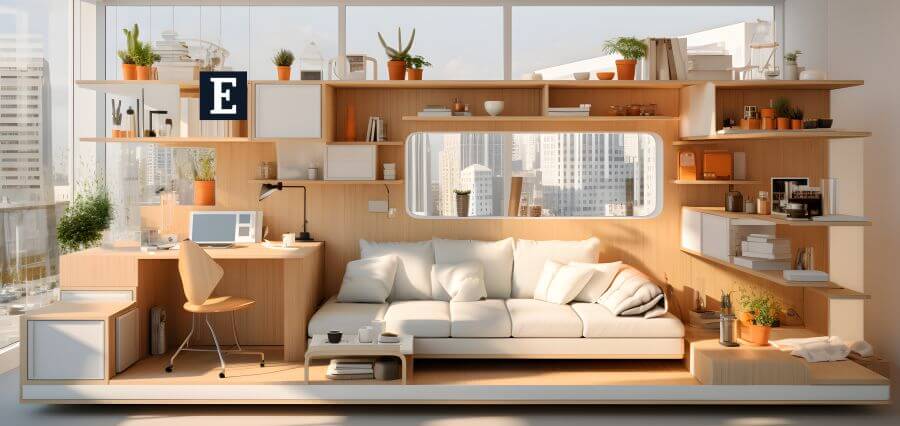Elevate Your Space
The need for beauty and functionality has never been so real as in today’s fast pace of life. Whether it is your home, office, or public space, you will find your mood, productivity, and general well-being affected significantly based on the way you design that environment. Elegance and functionality result from finding that balance between aesthetics and functionality without letting usability become aesthetically compromised in the process. In this piece of writing, we will shed some light on how interior designs can transform spaces.
Elegance and Functionality
Essentially, elegant design is simplicity, sophistication, and harmony. Perhaps it is the very epitome of clean lines, excellent colour palettes, and high-quality materials that really hold up to the long haul. Functionality basically surpasses how a space operates for its inhabitants in terms of layout, access, and use.
When combined, these elements create not only beautiful spaces but also make our days more pleasant. Elegant rooms inspire calmness and creativity, while functional rooms increase efficiency and comfort.
Principles of Elegant and Functional Design
- Less Is More: Simplicity does indeed bring out the mantra, “less is more.” Cluttering a space is overwhelming to the senses, and it minimizes the beauty of design. The adoption of minimalism, hence, bodes well in a serene space. This is simply because lesser pieces of higher quality allow for a better play on design rather than masses of low-grade material.
- Intelligent Layout: A careful layout is very important to functionality. The knowledge of how people may move through a space and how they will use it can help one plan the most productive design. For example, the positioning of seating arrangements in a living room so as to encourage conversation while making it easy to access other places makes the space more accessible and practical.
- Quality Materials: The material selected will drastically impact both the beauty and functionality of the interior. Good materials such as natural wood, stone, and durable fabrics are desired for their aesthetic value and long period and easy maintenance. Such materials are often more costly to use at first but pay back through durability and timeless beauty.
- Balance and Proportion: A graceful sense of balance and proportion balances things out. For instance, different sizes and shapes of furniture as well as other decorations could create a good mix. A large sofa can be balanced by smaller accent chairs; oversized artwork can make an emphasis-striking difference without overwhelming a room.
- Personal touches are often utilized to add character or warmth to a space. Such personal touches might include family photos, artwork, or perhaps travel souvenirs. Such touches make a space really lived in and reflective of the personality of the occupant-marriage for elegance with belongingness.
- Flexible Spaces: Flexibility will always be a requirement for functionality. Changes in lifestyle call for spaces that can adapt to changing needs. Furniture can easily be rearranged, or multifunctional items, such as an already-versatile coffee table with a storage function, prove elegant while maximizing utility.
Designing Specific Spaces
- Living Rooms: Comfort and classy décor put together to create a cosy yet stylish living room. Adding depth can be done by layering different textures such as soft cushions, plush rugs, and rich fabrics. The provision of good lighting is also essential; chandeliers, if hung correctly, can be quite elegant yet still supply sufficient lighting to carry out activities.
- Kitchen: In the kitchen, practicality is key. Layout design considerations such as the working relationship between the sink, stove, and refrigerator to improve productivity. Elegant finishes such as sleek cabinetry and high-end appliances can make a space beautiful and functional for consumers and become the heart of the home in which to congregate.
- Workspaces: Remote work is more current than ever, and it is important to have an elegant functional home office. Productivity will be increased while maintaining a stylish atmosphere with ergonomic furniture, proper lighting, and storage solutions. Using plants can bring well-being and creativity.
Conclusion
Elegant functional spaces are a perfect case of rewarding but require consideration and proper planning. By focusing on simplicity, good materials, and thoughtful layouts, people can be able to create environments that reflect their personality. Such harmonious availability in a world where aesthetics and functionality seem to always stand at odds can transform any space into a beauty sanctuary of utility. Whether it is a living room you want to be a comfortable, cosy haven or an office where many are busy, elegant and functional spaces invite us to live better and more beautifully.





















